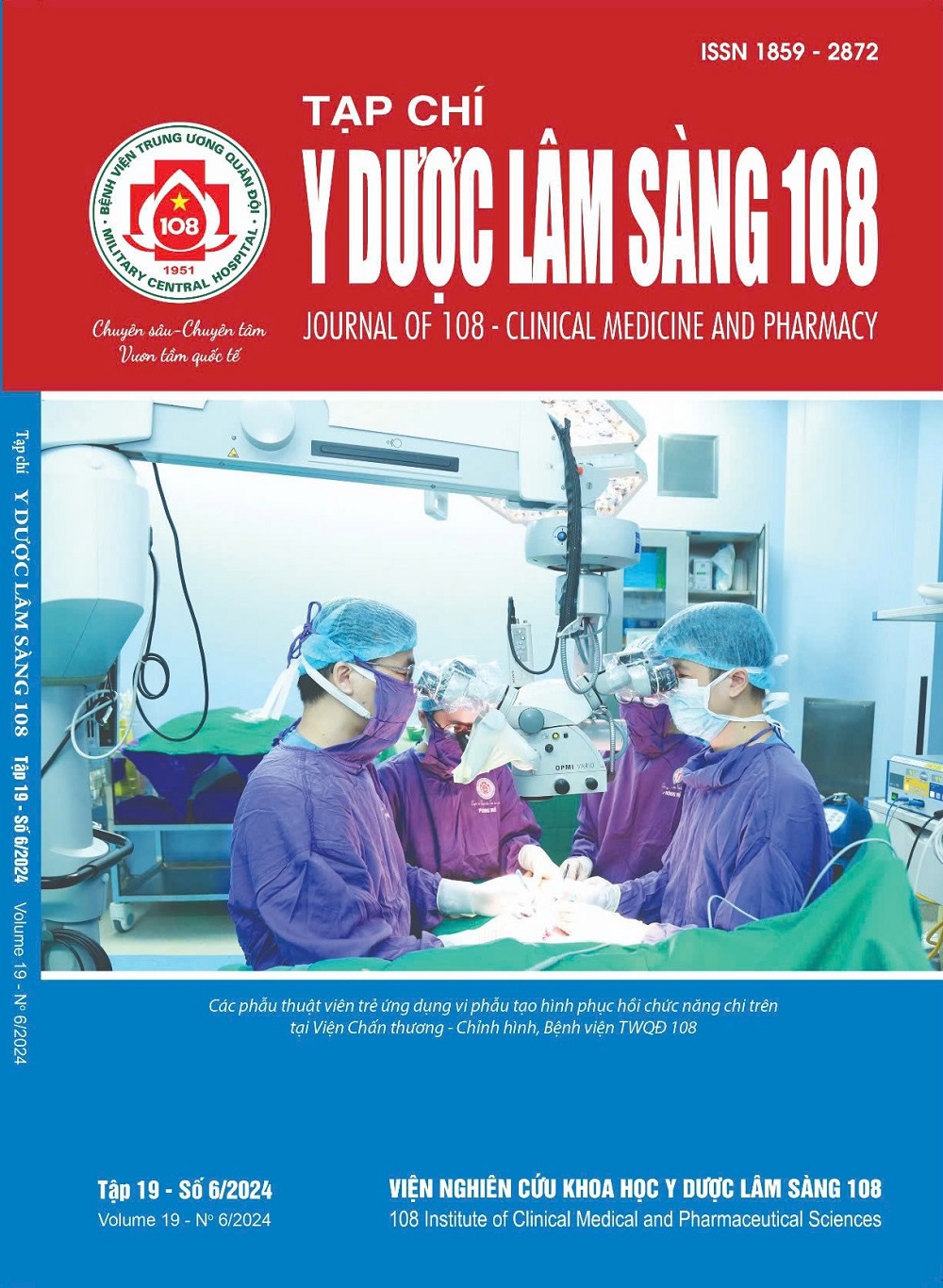Mô hình hiến, ghép mô, bộ phận cơ thể người trên thế giới và kinh nghiệm áp dụng tại Bệnh viện Trung ương Quân đội 108
Main Article Content
Keywords
Mô hình hiến tạng, mô hình ghép tạng
Tóm tắt
Ghép mô và bộ phận cơ thể người là kỹ thuật chuyên sâu đang phát triển tại Việt Nam cũng như trên toàn thế giới. Tây Ban Nha và Hàn Quốc là hai quốc gia có chuyên ngành ghép tạng phát triển, đứng đầu về tỷ lệ hiến tạng/1 triệu dân và có mô hình tổ chức hiến, ghép tạng chuyên nghiệp, hiệu quả. Bệnh viện Trung ương Quân đội 108 đã học hỏi và áp dụng các mô hình trong công tác xây dựng Trung tâm Ghép mô và bộ phận cơ thể người. Mô hình có khả năng áp dụng tại các cơ sở y tế khác và sẽ tiếp tục được phát triển trong tương lai.
Article Details
Các tài liệu tham khảo
1. Nguyễn Tiến Quyết (2012) Mô hình tổ chức ghép gan, thận từ người cho chết não. Tạp chí Y - Dược học Quân sự, Chuyên đề Ghép tạng.
2. Ríos A, Sánchez-Martínez A, Ayala-García MA et al (2022) International population study in spain, cuba, and the united states of attitudes toward organ donation among the cuban population. Liver Transpl 28(4): 581-592. doi:10.1002/lt.26338.
3. Streit S, Johnston-Webber C, Mah J et al (2023) Ten lessons from the spanish model of organ donation and transplantation. Transpl Int 36: 11009. Published doi:10.3389/ti.2023.11009.
4. Miranda B, Naya MT, Cuende N, Matesanz R (1999) The Spanish model of organ donation for transplantation. Current Opinion in Organ Transplantation 4(2): 109.
5. Matesanz R, Domínguez-Gil B (2016) The Spanish model of organ donation and transplantation. In: Jox RJ, Assadi G, Marckmann G, eds. Organ Transplantation in Times of Donor Shortage: Challenges and Solutions. Springer International Publishing: 303-312. doi:10.1007/978-3-319-16441-0_26.
6. Cho WH (2019) Organ donation in Korea in 2018 and an introduction of the Korea national organ donation system. Korean J Transplant 33(4): 83-97. doi:10.4285/jkstn.2019.33.4.83.
7. Cho WH (2018) Status of organ donation and solution of organ shortage in Korea. J Korean Soc Transplant. 32(3): 38-48. doi: 10.4285/jkstn.2018.32.3.38.
8. Dư Thị Ngọc Thu (2022) Vai trò của hệ thống điều phối trong hiến và ghép tạng. Tạp chí Nghiên cứu và Thực hành Nhi khoa 6(2), tr. 74-83. doi:10.47973/jprp.v6i2.406.
2. Ríos A, Sánchez-Martínez A, Ayala-García MA et al (2022) International population study in spain, cuba, and the united states of attitudes toward organ donation among the cuban population. Liver Transpl 28(4): 581-592. doi:10.1002/lt.26338.
3. Streit S, Johnston-Webber C, Mah J et al (2023) Ten lessons from the spanish model of organ donation and transplantation. Transpl Int 36: 11009. Published doi:10.3389/ti.2023.11009.
4. Miranda B, Naya MT, Cuende N, Matesanz R (1999) The Spanish model of organ donation for transplantation. Current Opinion in Organ Transplantation 4(2): 109.
5. Matesanz R, Domínguez-Gil B (2016) The Spanish model of organ donation and transplantation. In: Jox RJ, Assadi G, Marckmann G, eds. Organ Transplantation in Times of Donor Shortage: Challenges and Solutions. Springer International Publishing: 303-312. doi:10.1007/978-3-319-16441-0_26.
6. Cho WH (2019) Organ donation in Korea in 2018 and an introduction of the Korea national organ donation system. Korean J Transplant 33(4): 83-97. doi:10.4285/jkstn.2019.33.4.83.
7. Cho WH (2018) Status of organ donation and solution of organ shortage in Korea. J Korean Soc Transplant. 32(3): 38-48. doi: 10.4285/jkstn.2018.32.3.38.
8. Dư Thị Ngọc Thu (2022) Vai trò của hệ thống điều phối trong hiến và ghép tạng. Tạp chí Nghiên cứu và Thực hành Nhi khoa 6(2), tr. 74-83. doi:10.47973/jprp.v6i2.406.
 ISSN: 1859 - 2872
ISSN: 1859 - 2872
